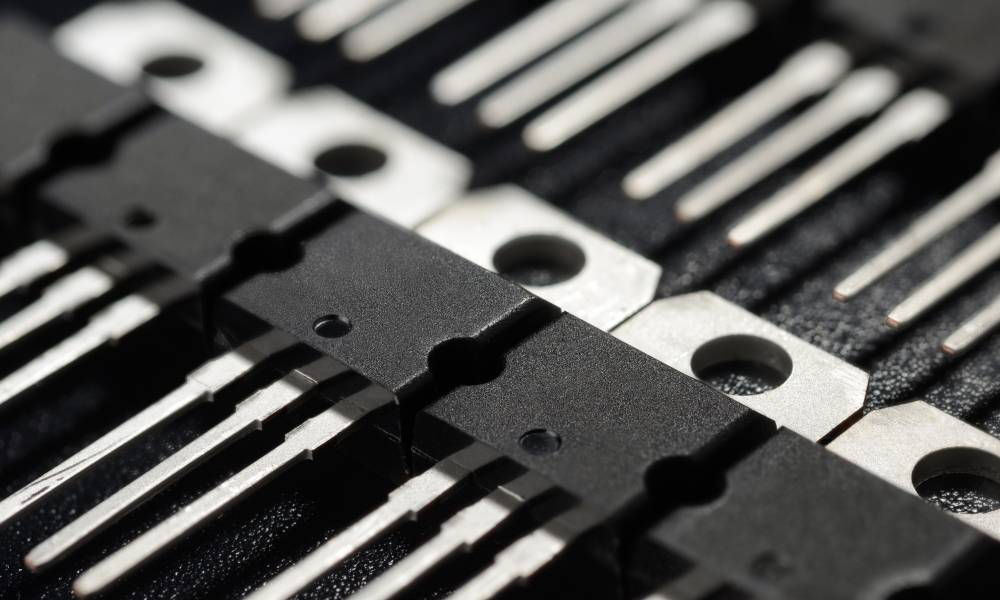
Selecting the right semiconductor device is crucial for the efficiency and reliability of the system in the realm of power electronics. Insulated Gate Bipolar Transistors (IGBTs) and Thyristors are the two most common options, both of which serve distinct purposes in various applications. Today, Visicomm Industries is here to help explain the key differences between IGBTs and thyristors to help you determine which option is better for your system.
Operating Principles and Control
The fundamental difference between IGBTs and thyristors lies in their operating principles and methods of control. IGBTs are transistors that offer high current with low saturation voltage. This combination makes them a good blend of MOSFETs with bipolar transistors. This blend allows you to easily turn them on and off with a voltage applied to the gate terminal.
Thyristors, on the other hand, are controlled rectifiers that conduct upon receiving a gate trigger until the current flowing through them drops below a certain threshold. Unlike IGBTs, thyristors remain on without the need for continued gate voltage after triggering them, thus requiring a different approach for control.
Switching Speed
You may want to pay close attention to switching speeds when looking at the key differences between IGBTs and thyristors. IGBTs generally offer superior performance over thyristors. This trait makes IGBTs a more suitable choice for applications requiring rapid switching, such as inverters in renewable energy systems or electric vehicle powertrains. The faster turn-on and turn-off times allow for greater efficiency and control in dynamic conditions.
Thyristors, with their slower switching speeds, are better in situations where the power levels are high, but the frequency of switching is relatively low. Examples include high-voltage direct current (HVDC) transmission and certain types of industrial heaters.
Application Suitability
Choosing between an IGBT and a Thyristor boils down to your application’s specific requirements. IGBTs shine in medium power applications where efficiency and speed are crucial. Their flexibility and responsiveness make them ideal for modern variable speed drives, soft starters, and active power factor correction circuits.
Thyristors are the go-to option for high-power, low-frequency applications where robustness and simplicity of control are the main considerations. Their inherent ability to handle large currents and withstand high voltages without faltering makes them indispensable in power transmission and heavy-duty industrial machinery.
Understanding the nuances between IGBTs and Thyristors is vital for those in industries where control, efficiency, and reliability are not just goals but necessities. At Visicomm Industries, we specialize in electronic frequency converters that meet the exacting demands of your applications. Our team is ready to assist, whether you’re integrating a solid state frequency converter into renewable energy systems, industrial drives, or any sophisticated electric powertrain. Contact Visicomm Industries today to tailor a solution that not only meets but exceeds your expectations.